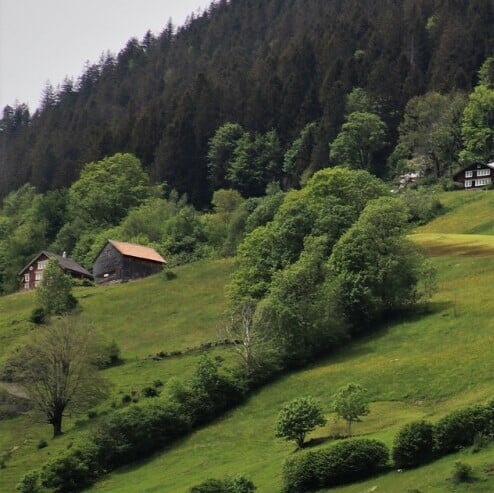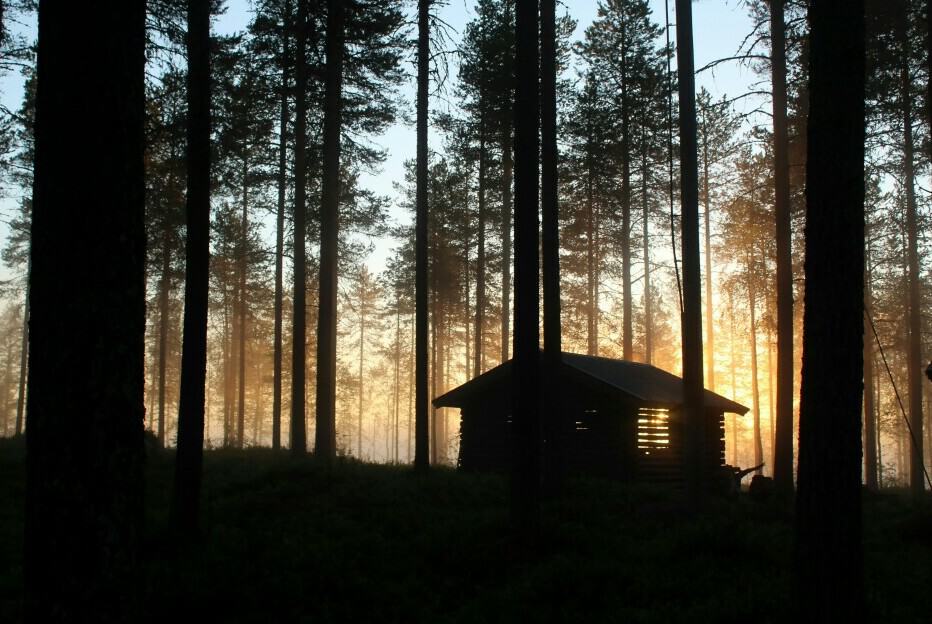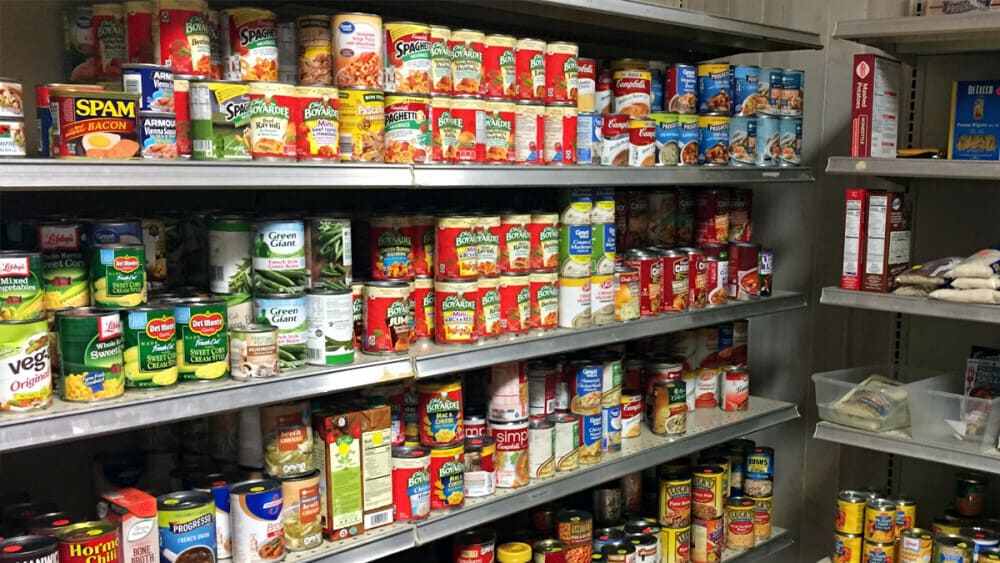Imagine a scenario where you have to leave your home in a hurry due to an unexpected emergency. That’s where alternate bug out locations comes in. It’s a pre-arranged spot you can escape to when your primary residence isn’t safe. But why stop at one? Having alternate locations is crucial, providing backup options that could be vital in different situations.

You might be wondering, ‘Why not just stick to one well-prepared spot?’ The truth is, that emergencies are unpredictable. They can affect wide areas, rendering your primary choice inaccessible or unsafe. Alternate locations give you the flexibility to adapt to various crises, whether it’s a natural disaster, technological mishap, or social turbulence.
The ‘golden rule’ of emergency preparedness is to never put all your eggs in one basket. I’m going to talk about the factors that make for smart alternate choices. Location is key, and you’ll want to consider accessibility both for you and potentially your family. How far is it? Can you get there by car, bike, or on foot? These questions aren’t just important—they’re essential to have answered before an emergency hits.

Lastly, consider the familiarity of your alternate locations. It’s not enough to mark a spot on a map. You should know the area, understand its risks, and be comfortable navigating it under stress. Stay tuned, because I’m about to help you determine the best criteria for selecting those priceless safe havens in the next section.
Criteria for Choosing Your Alternate Bug Out Locations
I will help you figure out what exactly you should be looking for when selecting additional bug-out spots. This isn’t just about finding any remote location; it’s also about ensuring the safety and viability of the place under different circumstances.

One crucial aspect is assessing geographical safety. You want to avoid areas prone to natural disasters like flood zones, wildfire areas, or unstable ground that could lead to landslides. Climate resilience should be factored in, considering the increasing occurrences of extreme weather events.
When thinking about proximity to resources, it’s not just a matter of being close to them is ideal, but also ensuring they are reliable. Sources of water, stores of food, and options for shelter are paramount. Ask yourself if these resources can sustain you for an extended time.

Evaluating the security and seclusion of your selections is essential. A place too visible or accessible might not be ideal in a crisis. Look for locations that offer enough cover and can be defended if necessary, without being too isolated from emergency assistance, if ever required.
Don’t overlook legal considerations. Know who owns the land, and what rights or regulations might impact your ability to use the location in an emergency. It’s always best to have permission to use a spot rather than face legal challenges in a time of crisis.

Lastly, consider sustainability features. Can the location support off-grid living? Think about solar power, the availability of firewood, water purification, and the potential for growing food. The more self-sufficient the spot, the better it will serve you if the situation calls for a prolonged stay.
Preparation and Maintenance of Your Bug Out Havens
So now you’ve chosen your alternate bug out locations, and you’re feeling pretty good about your choices. That’s great, but as with most things in life, it’s not just a ‘set it and forget it’ kind of deal. Keeping these locations ready and functional is just as important – here’s how.

You’re going to find out about establishing routines for checking your supply caches. Make sure your stockpile includes non-perishable food, water purification methods, first aid supplies, and other survival essentials. Remember, your cache needs a look-over every now and then to replace expired items and refresh supplies.
It’s not enough to just have a place; building a rapport with local communities can provide significant support. Whether it’s bartering resources or sharing information, these connections can be priceless during crises.
I’m here to help you understand the necessity of regular visits and drills. They are more than just ‘playing survival’; these activities ensure you’re familiar with the routes, your gear works, and you can actually live off your stock if need be.
Change is the only constant, and your bug out locations should evolve too. Keep an eye on the changing landscapes, both natural and regulatory, to ensure your haven remains a safe fallback.

Your situation is unique, and your bug-out plan should reflect that. Maybe you need medications stored or have dietary restrictions – cater every part of your prep to what resonates with you. After all, this is about your safety and well-being.
Frequently Asked Questions
1. Why do I need alternate bug-out locations instead of relying on one well-prepared spot?
Emergencies are unpredictable and can render primary choices inaccessible or unsafe. Having alternate bug-out locations provides flexibility and backup options crucial in different crisis situations. The article emphasizes the importance of not putting all your eggs in one basket.
2. What factors should I consider when selecting alternate bug-out locations?
There are several factors to consider when choosing alternate bug-out locations, such as assessing geographical safety, proximity to reliable resources, security and seclusion, legal considerations, and sustainability features. It highlights the need for a comprehensive evaluation to ensure safety and viability under various circumstances.
3. How can I ensure the readiness and functionality of my chosen bug-out locations?
Put into place routines for checking supply caches, emphasizing the inclusion of non-perishable food, water purification methods, first aid supplies, and other survival essentials. It also stresses the importance of building rapport with local communities and conducting regular visits and drills to stay familiar with routes and ensure preparedness.
4. Why is it crucial to adapt bug-out locations to changing landscapes and situations?
Change is constant, and bug-out plans should evolve to address unique situations and individual needs, whether it’s storing medications or accommodating dietary restrictions. Always look at changing safety issues for your bug-out location.
5. What are the key criteria for evaluating the sustainability of bug-out locations?
Consider sustainability features such as off-grid living capabilities, availability of solar power, firewood, water purification methods, and potential for growing food. It stresses the importance of self-sufficiency for bug-out locations, particularly in situations that may require a prolonged stay during a crisis.


Great article! We recently has a couple of fires near by that certainly made not only our home at risk but also made it very hard to access most of the places we would have gone. In the end on this occasion it all worked out ok but it got me thinking, what if next time…. which got me researching ideas on the topic. And i am very glad i came across not only the article but the site as a whole is very useful, some great information and ideas here!!
Thanks for stopping by and for your comment. If you have any topics you would like me to write about, please put them here in the comments.